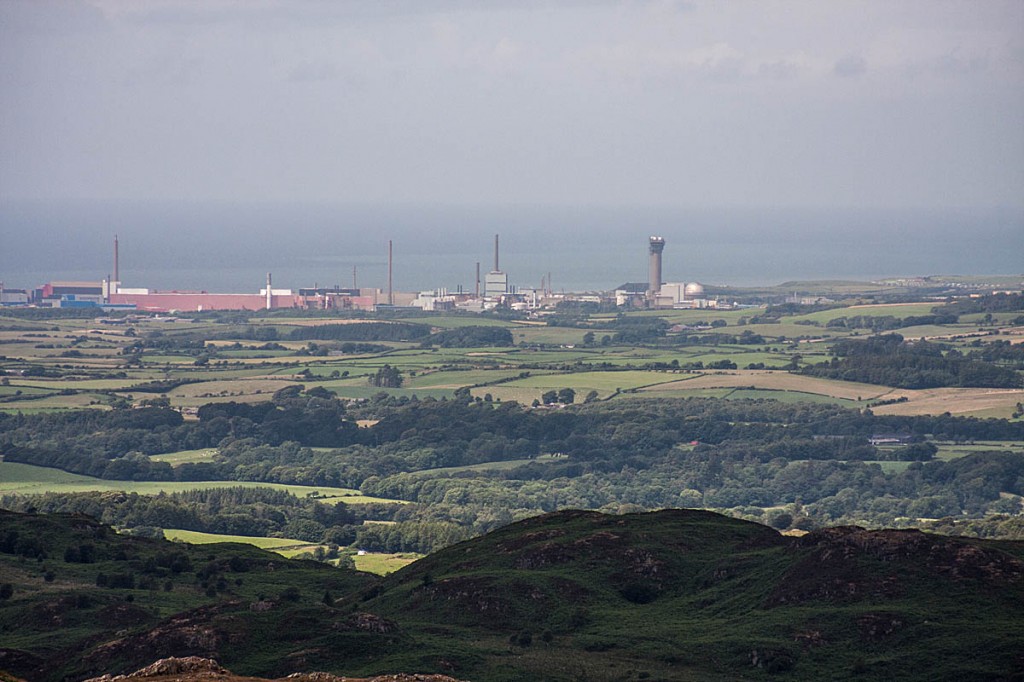England’s national parks and areas of outstanding natural beauty could be used to bury nuclear waste.
A committee of MPs said such protected landscapes should not be excluded from being considered for long-term underground storage of highly radioactive materials.
Campaigners said a report from the Business, Energy and Industrial Strategy Committee puts treasured landscapes under the threat of inappropriate and major development.
The views of the Commons committee, chaired by Labour MP Rachel Reeve, will be considered by the Westminster Government in formulating its response on national policy statement for geological disposal infrastructure.
The committee said: “We agree with the Government that a site could conceivably be designed in a way that would be acceptable to communities, preserve the benefits of national parks and AONBs and avoid any surface facility in conservation areas.”
The BEIS committee said the considerations over the safety of the storage facility outweighed any other criteria.
In evidence to the MPs, business and industry minister Richard Harrington said: “We have to look at all possible sites where communities want it.
“For example, the potash proposal near Whitby in North Yorkshire is in a national park, but the people who are proposing the site have shown a way of doing it where the actual buildings that are left will leave very little blot on the landscape of the national park.
“I am not saying we should have them on national parks, but it would be very wrong to exclude them at the moment in this big policy statement.
“I do not want to prejudge the situation. If it was huge, one-kilometre-wide industrial building in the middle of a national park, of course that would not be suitable.”
The Campaign for National Parks and Campaign to Protect Rural England said they were astonished to see the select committee, made up of 11 MPs, give the example of the damaging potash mine in the North York Moors as evidence that major development, such as nuclear disposal facilities, should be allowed in protected landscapes.
Ruth Bradshaw, CNP policy and research manager who gave evidence to the committee as part of its inquiry, said: “Our national parks are precious, national assets with, at least theoretically, the highest level of protection through the planning system. There is a strong and long-established presumption against major development in these areas.
“It is completely wrong to use the York Potash project as a justification for allowing the possibility of further damage to our protected landscapes. The proposed nuclear storage facility is completely contrary to the purposes of national parks and we are extremely disappointed that the committee has failed to recognise this.”
“The decision not to recommend excluding national parks and AONBs as possible locations also goes against the Government’s ambitions for these areas as set out in the 25-year environment plan.”
Both charities are calling for the Government to protect the designated landscapes such as national parks for future generations.
Development for geological disposal facilities would cause irreversible damage to the landscape and put at risk the huge range of economic and environmental benefits these areas deliver, they said.
The Lake District National Park Authority also gave evidence in favour of excluding the protected areas from consideration for the underground waste facilities. It said: “Development of this scale could be consistent with legislation and national policies protecting national parks, AONBs or world heritage sites.”
Emma Marrington, senior rural campaigner at CPRE said: “We hope the Government will look again at how inappropriate geological disposal facilities would be in designated landscapes.
“We know that where such major development takes place we destroy beautiful landscapes and ruin our opportunity to pass on a beautiful piece of countryside to the next generation.”
In 2013, Cumbria was the only area in England to express an interest in hosting the underground nuclear waste facility. Eskdale and Ennerdale were touted as possible site, but Cumbria County Council cabinet members decided to withdraw the authority from the process.

Edge of Darkness
31 July 2018Hmmm or how about also using land directly beneath the Select Committee's houses?
TH
31 July 2018Areas with unsuitable geology should be excluded from being considered, which would take the LDNP out of the equation. But unfortunately our politicians want to bury the stuff as far away from London as possible.
John Gay
01 August 2018Just before the 1992 general election the environment secretary rejected the proposal for an underground nuclear facility in west cumbria on sound geological data. So why is that data being set aside now?
Ray D O'active
01 August 2018You idiots, that's f*cking mental!
RodH
01 August 2018The LDNP has only recently gained 'World Heritage Site' status but this set of imbeciles think siting a nuclear waste dump beneath the Lakeland fells would be an acceptable proposition? REALLY??!!
I've a better idea, site the dump where there is already a load of rubbish and where more waste won't look out of place .... London! There's a creaking old building there that needs a hell of a lot of money spent on it to keep it operational, The Houses of Parliament. Why not say money by demolishing it and use the site as the dump site and relocate The Houses of Parliament out into the provinces, say Birmingham, Manchester, or York? Sounds like a win-win to me.